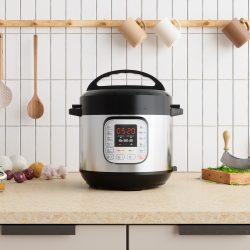Did you know the water to rice ratio changes based on the type of rice you are cooking? These parameters are great to know before you use your rice cooker. This article will break down the water to rice ratio by type of rice and more.
Which type of rice you cook helps you determine how much water you'll need. The rice to water ratios for the rice cooker include the following:
- White rice 1:1
- Jasmine rice 1:1
- Basmati rice 1:1.5
- Brown rice 1:2.25
Correcting the water to rice ratio is crucial to cooking your rice right. Keep reading as we discuss how you measure the rice to water ratio and answer how you cook rice in an Aroma rice cooker.
![Pour water into rice - How Much Water To Rice In Rice Cooker [Ratio By Type Of Rice]](https://kitchenseer.com/wp-content/uploads/2022/03/Pour-water-into-rice-How-Much-Water-To-Rice-In-Rice-Cooker-Ratio-By-Type-Of-Rice.png)
Types Of Rice
The type of rice you cook can change based on recipe needs, availability, and personal preference. Cooking times and water requirements vary slightly between the types, so knowing what you are working with is good.
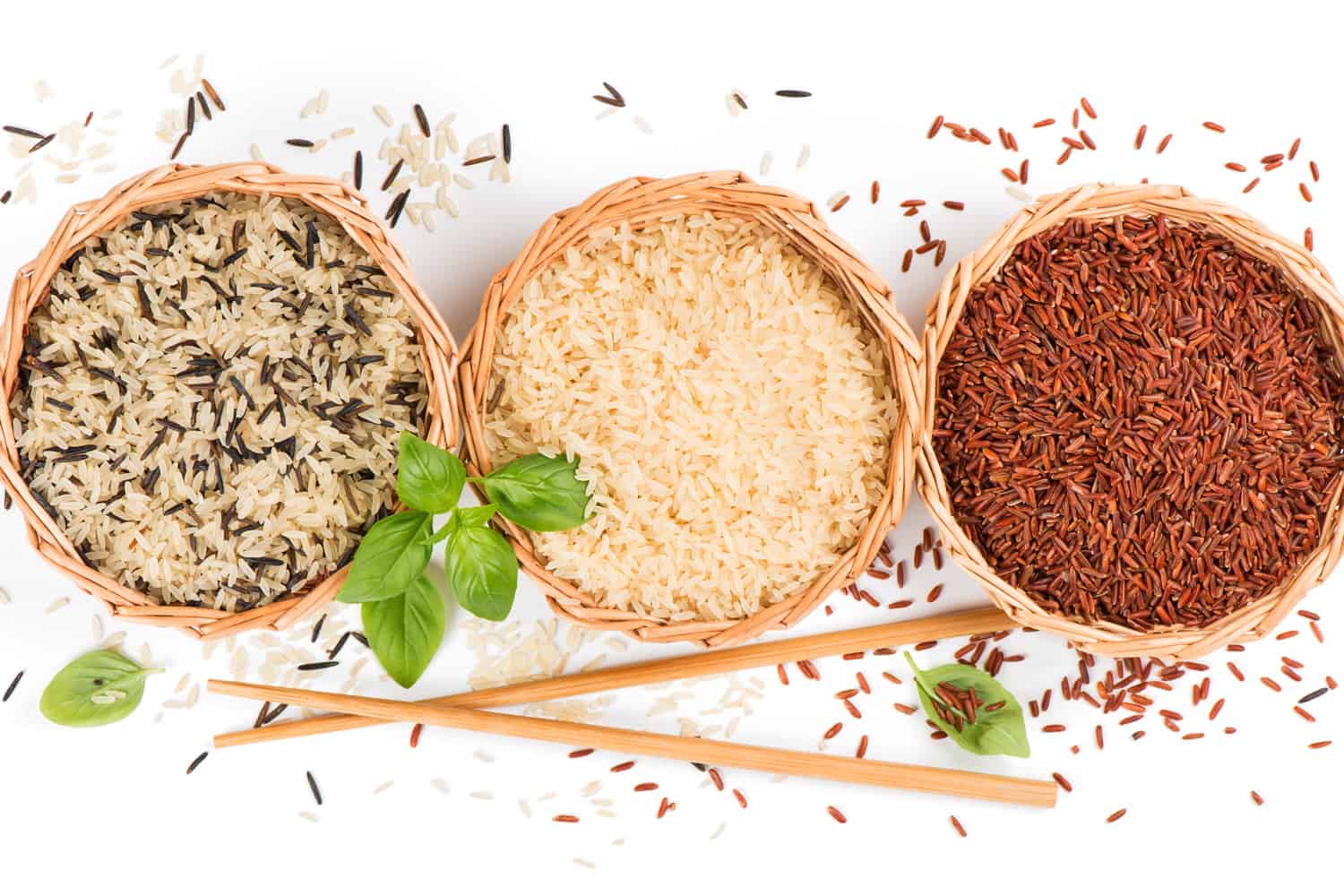
Let's take a closer look at some different kinds of rice available to cook with:
White Rice
There are many types of white rice available. Some examples include long-grain, short-grain, and medium-grain. The classic white rice you will see is long-grain white rice.
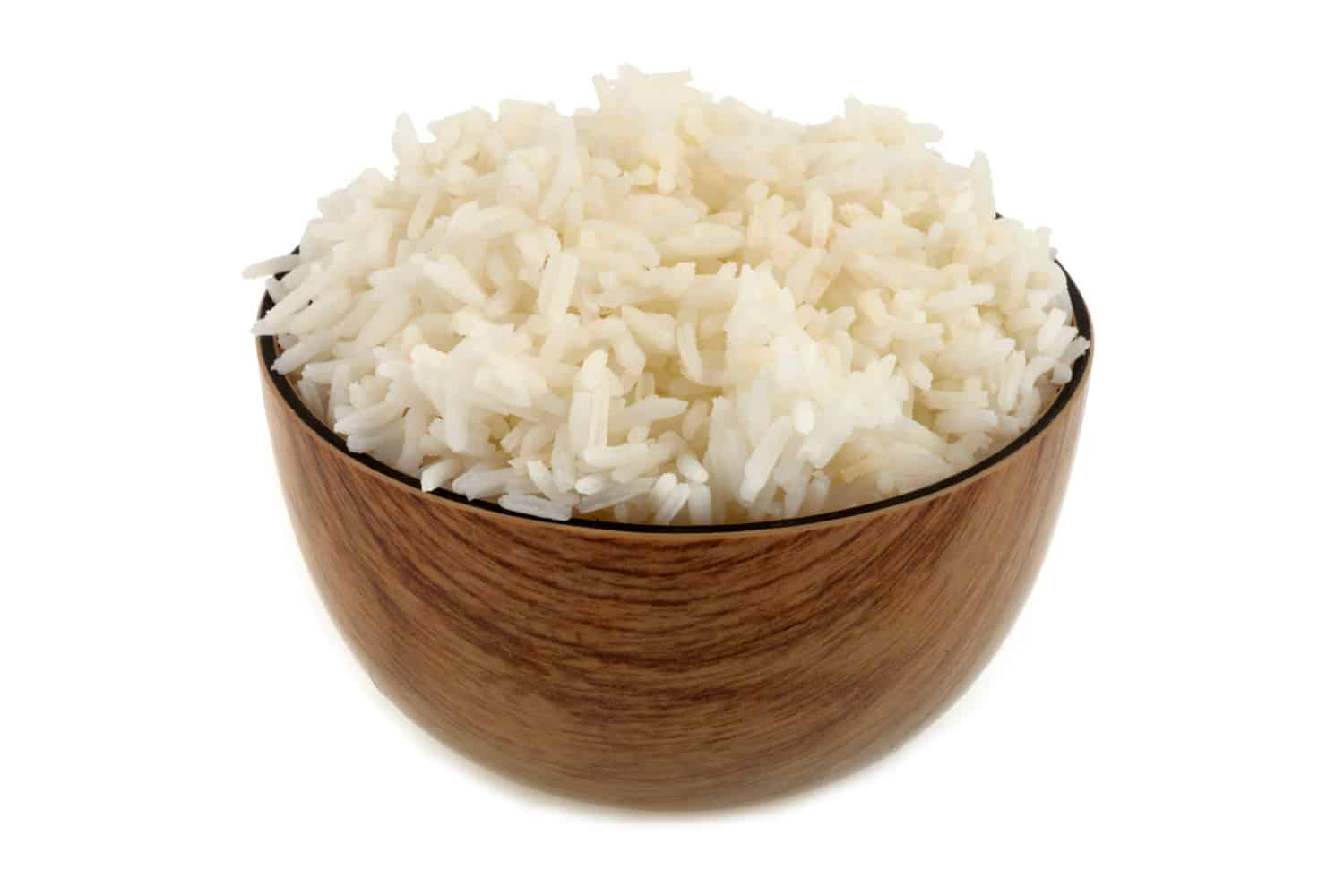
White rice is milled rice. The husk, bran, and germ get removed, which creates the texture and taste you are familiar with. Follow the cooking directions closely, and you will have a fluffy bowl of white rice.
Jasmine Rice
Jasmine rice is known for its nutty or aromatic flavors. Originating in Thailand, you often see this rice in fried rice or coconut rice recipes. This long-grain fragrant rice comes in a variety of colors.
White Jasmine rice has about the same nutritional value as traditional white rice. However, brown Jasmine rice can be higher in calories and offers added value in iron, calcium, and potassium.
Basmati Rice
Basmati rice and Jasmine rice are similar, and at times, they are used interchangeably. This rice grows in the Himalayas, India, and Pakistan. Another long-grain, aromatic rice.
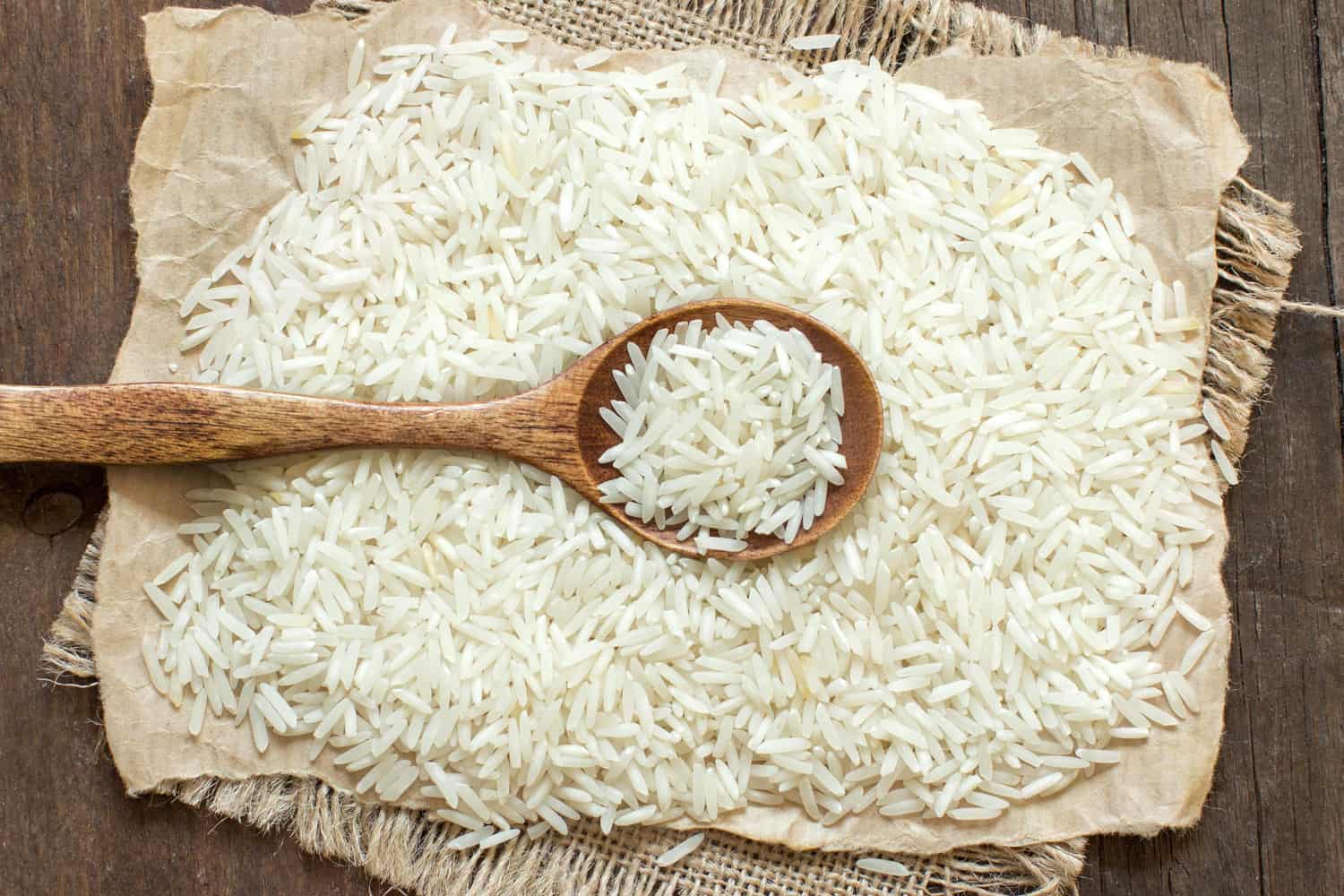
This rice has been labeled as having the longest grain of any rice available. This rice only expands lengthwise when cooked, keeping an elongated and slender shape to the rice.
Brown Rice
Brown rice is intact rice containing the bran, germ, and endosperm. Plenty of nutrients, vitamins, and minerals can be found in Brown rice. Furthermore, this is a gluten-free grain.
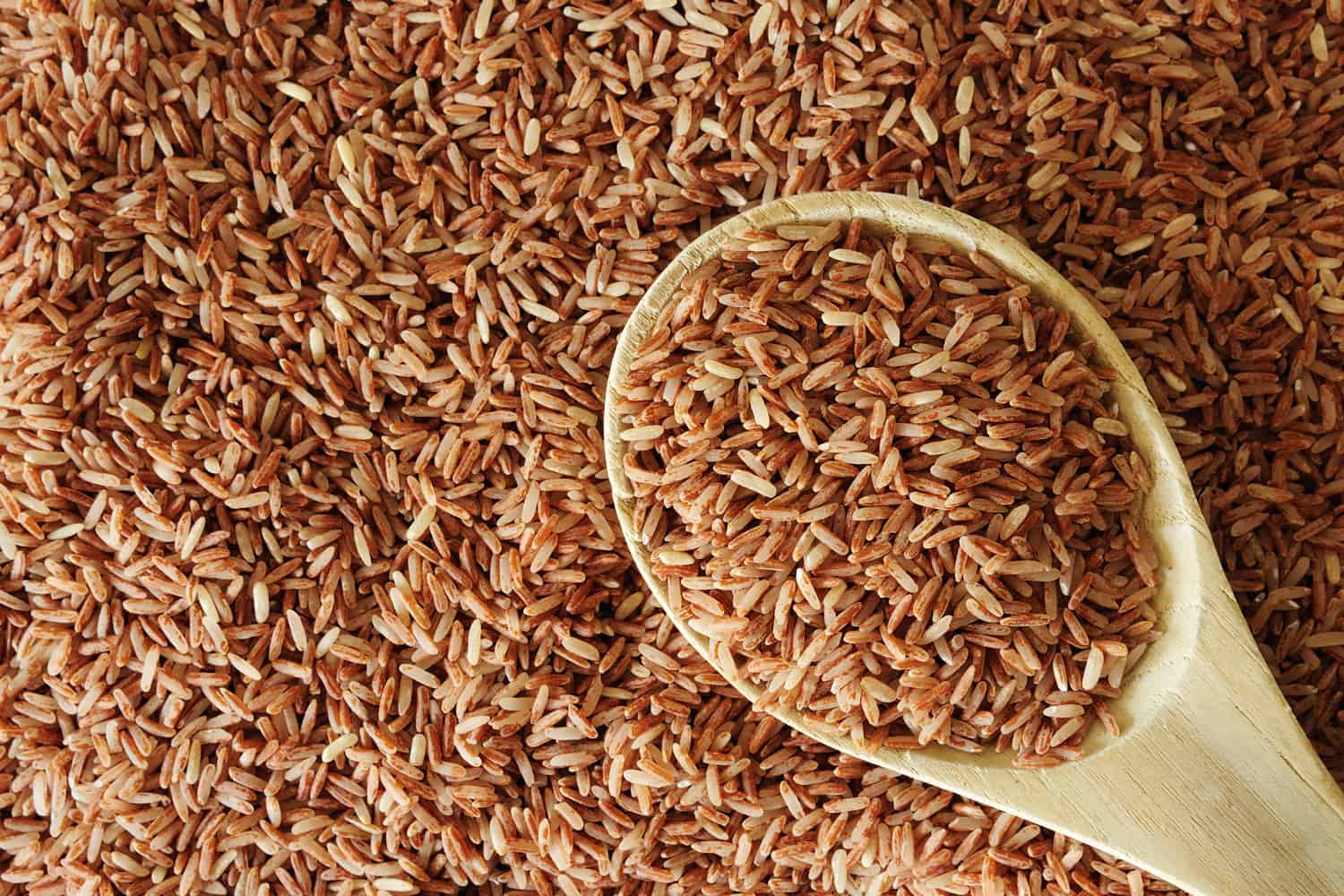
Despite the name, Brown rice comes in different colors. For example, you may see whole-grain rice come in black or red. You may notice that Brown rice calls for the highest rice to water ratio.
The outer bran coating or "nutritional hull" makes Brown rice tougher than others. You will need more water and longer cooking times to cook this rice thoroughly.
Read more on our blog post, 5 Best Rice Cookers For Brown Rice.
Furthermore, the types of rice out there surpass this small list. Rice gets used worldwide and can be categorized by its kernel size, degree of milling, flavor, and starch content.
There are thousands of rice types out there. Today we want to touch on the most popular ones you'll use in your rice cooker.
How Do You Measure The Rice To Water Ratio?
Not enough water can leave you with burnt rice, while too much water overcooks your rice. These outcomes can ruin your meal, making it vital to measure that rice to water ratio accurately. So, how is it done?
The easiest way to measure the rice to water ratio is simply using a measuring cup. For example, if your recipe calls for two cups of long-grain white rice, the rice to water ratio is 1:1.
You will measure two cups of rice out, followed by two cups of water. Brown rice has a 1:2.25 ratio, meaning you need 2.25 cups of water per one cup of rice.
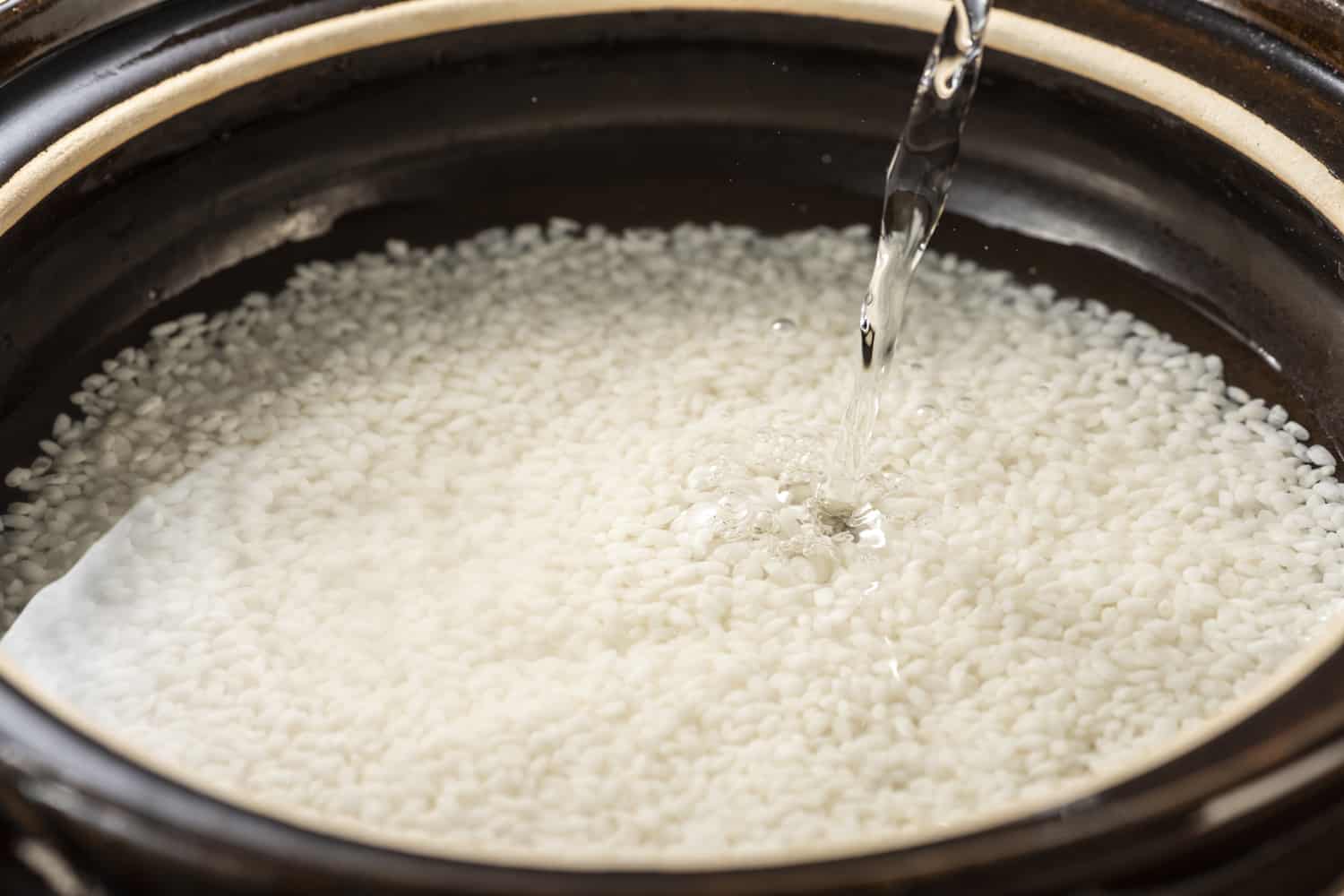
You can always double-check the packing of your rice. The directions will state precisely how much water you will need per cup of rice and the recommended cooking times.
Getting both the amount of water and cooking times correct is vital to not burning or ending with mushy rice. Burning may happen from too little water, while mushy rice results from too much water.
Keep in mind the water to rice ratio may change when you are cooking rice on a stovetop versus your rice cooker. Review the instructions for your specific rice before cooking to set yourself up for success.
Does Basmati Rice Need More Water Than Jasmine?
Basmati and Jasmine rice are types of long-grain rice that are higher in calories and carbs when compared to other kinds of white rice. Additionally, both types of rice are aromatic.
While the two types of rice have many similarities, their water requirements do differ. Jasmine has the expected 1:1 rice to water ratio, while Basmati calls for 1.25 cups of water per one cup of rice.
However, some rice cookers call for less water for Basmati rice. Reference your rice cooker's manual to see what ratio your specific device calls for before you begin cooking.
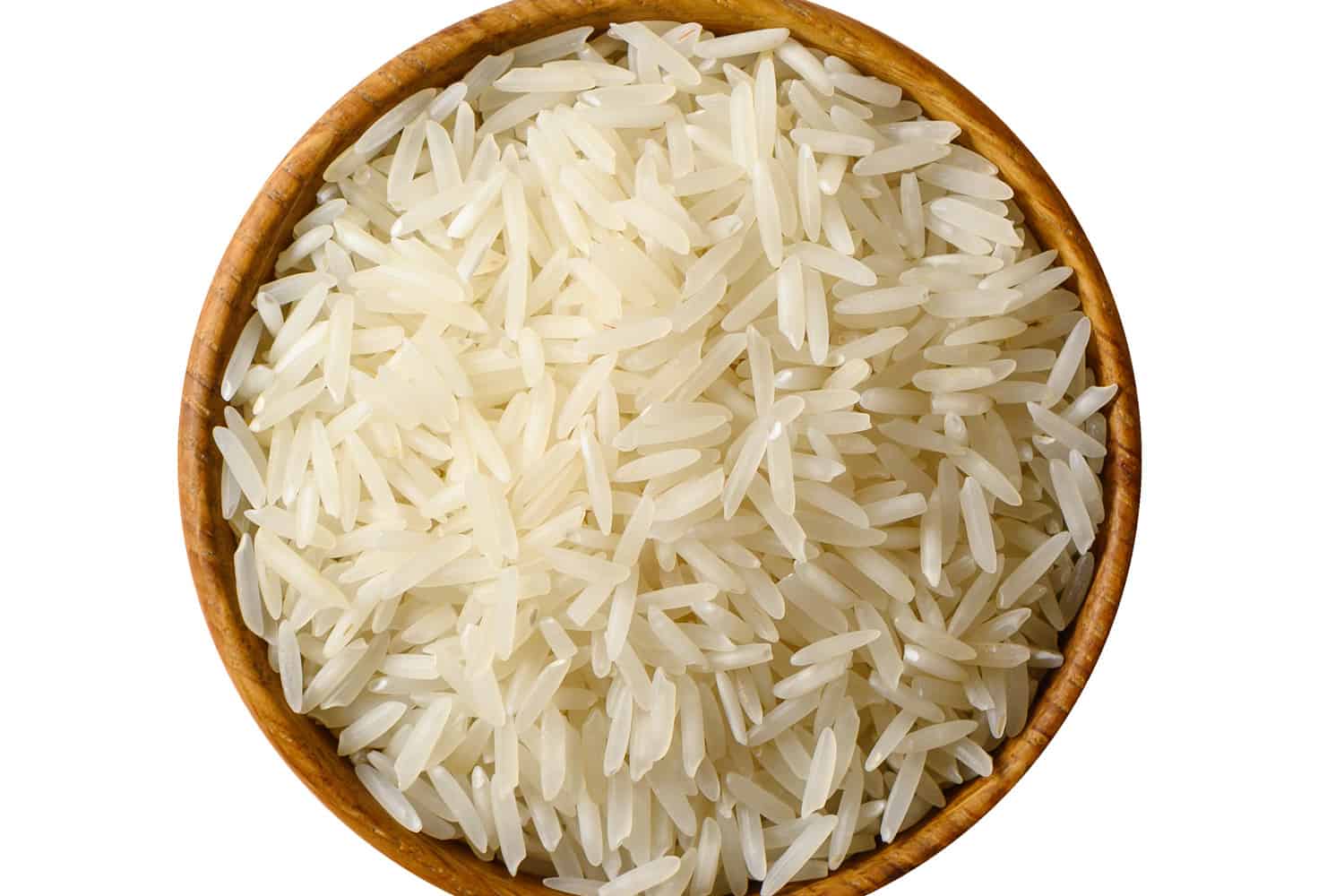
Basmati rice is sticky and clumps together easily when you do not add enough water. To avoid mushy or clumped-up rice, you can also rinse your rice before cooking.
Place your rice in a bowl with water and notice the water turning a milky color. Pour out this water and rinse again until the water is clear. This process removes excess starch, further preventing the rice from sticking together while cooking.
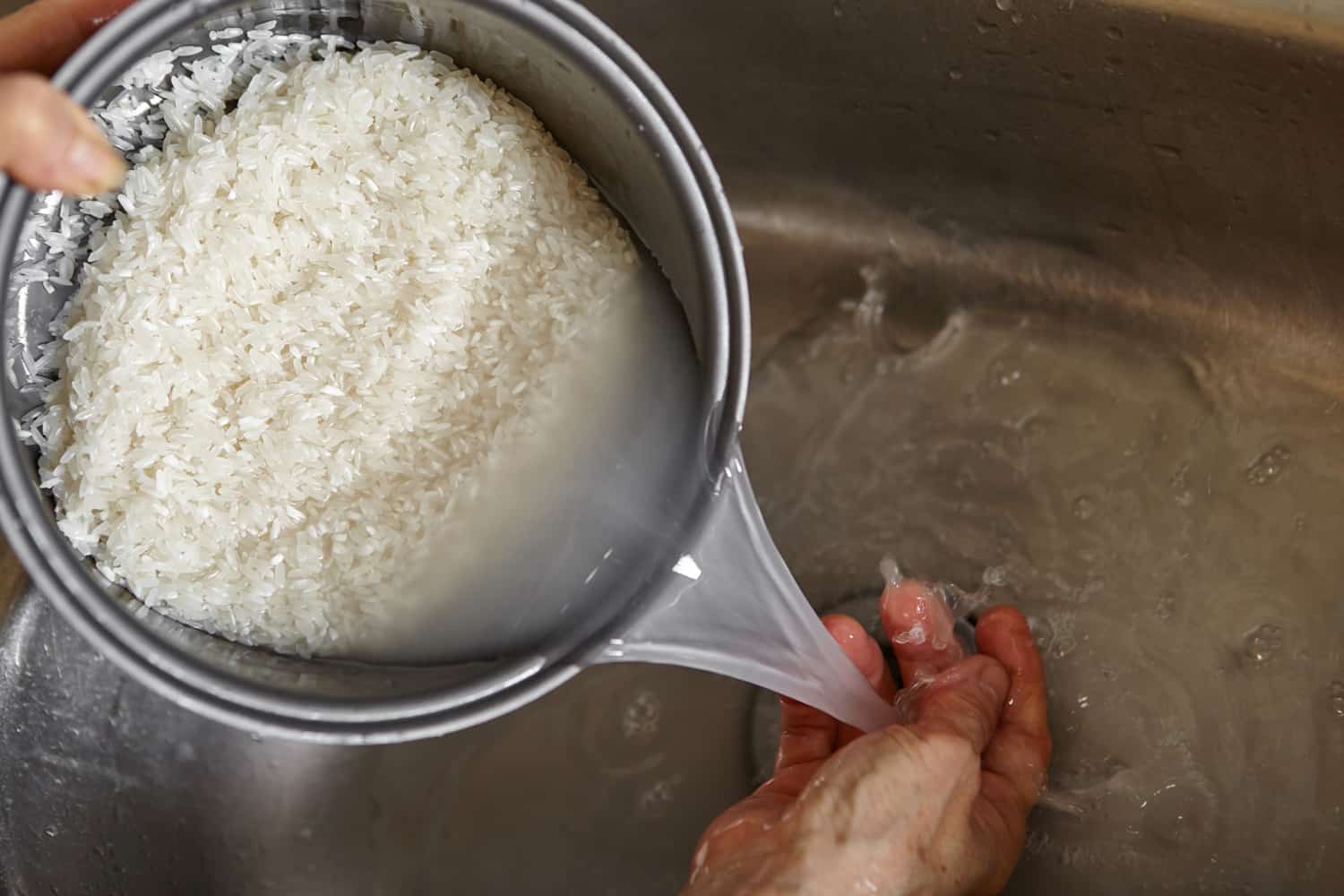
How Do I Cook 4 Cups Of Rice In A Rice Cooker?
To cook four cups of rice in your rice cooker, first check which type of rice you are cooking and the size of your rice cooker.
Most cookers will have measurement labels on the inside to indicate the minimum and maximum amounts they can cook. Ensure you are within those limits when placing your rice and water in the cooker.
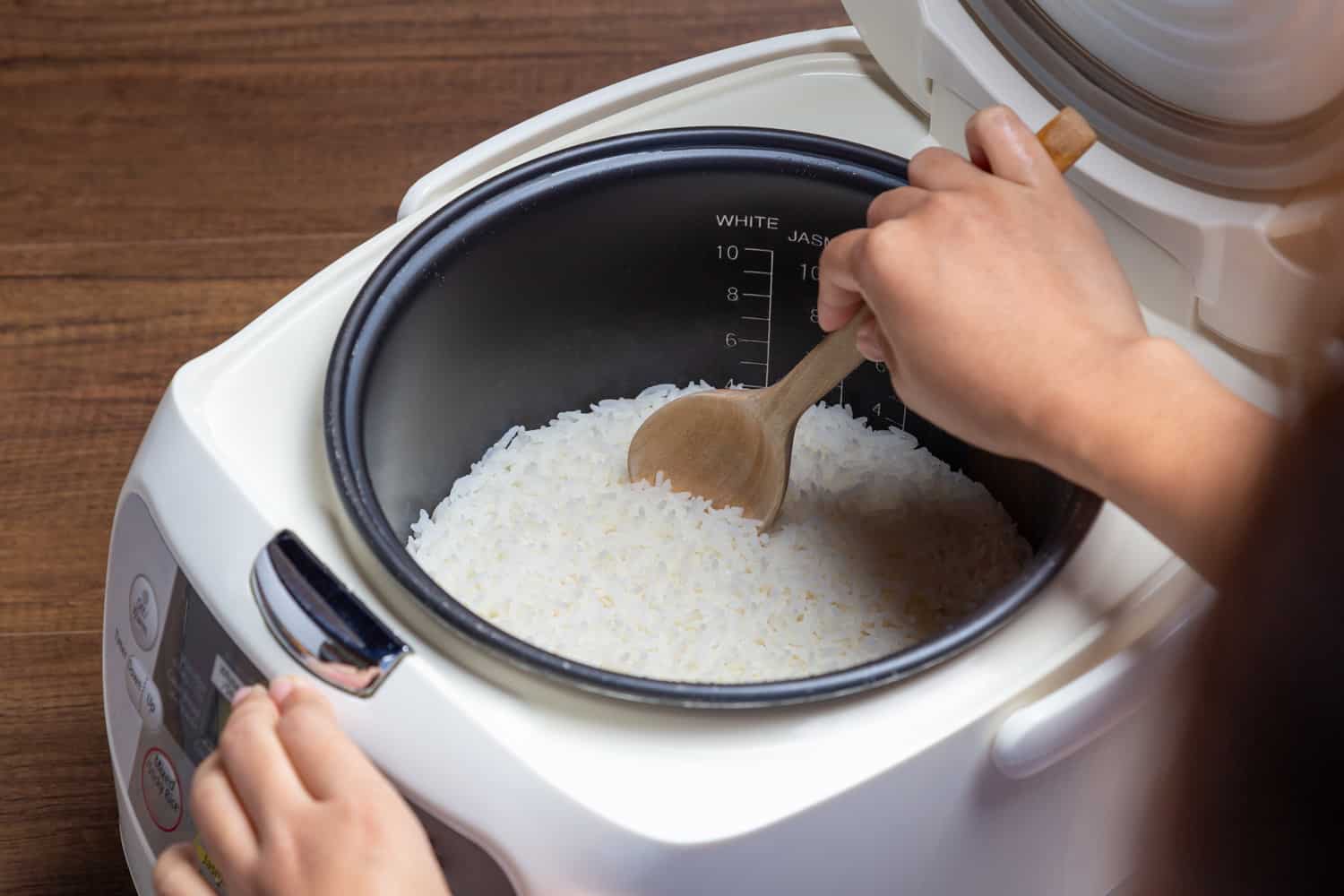
Follow the instructions on your packaging, or follow the rice to water ratio for your type of rice to know how much water you will need.
Measure out your four cups of rice. Rinse and drain your rice before placing it in the rice cooker for better results. Next, measure out the correct amount of water and put it in your rice cooker.
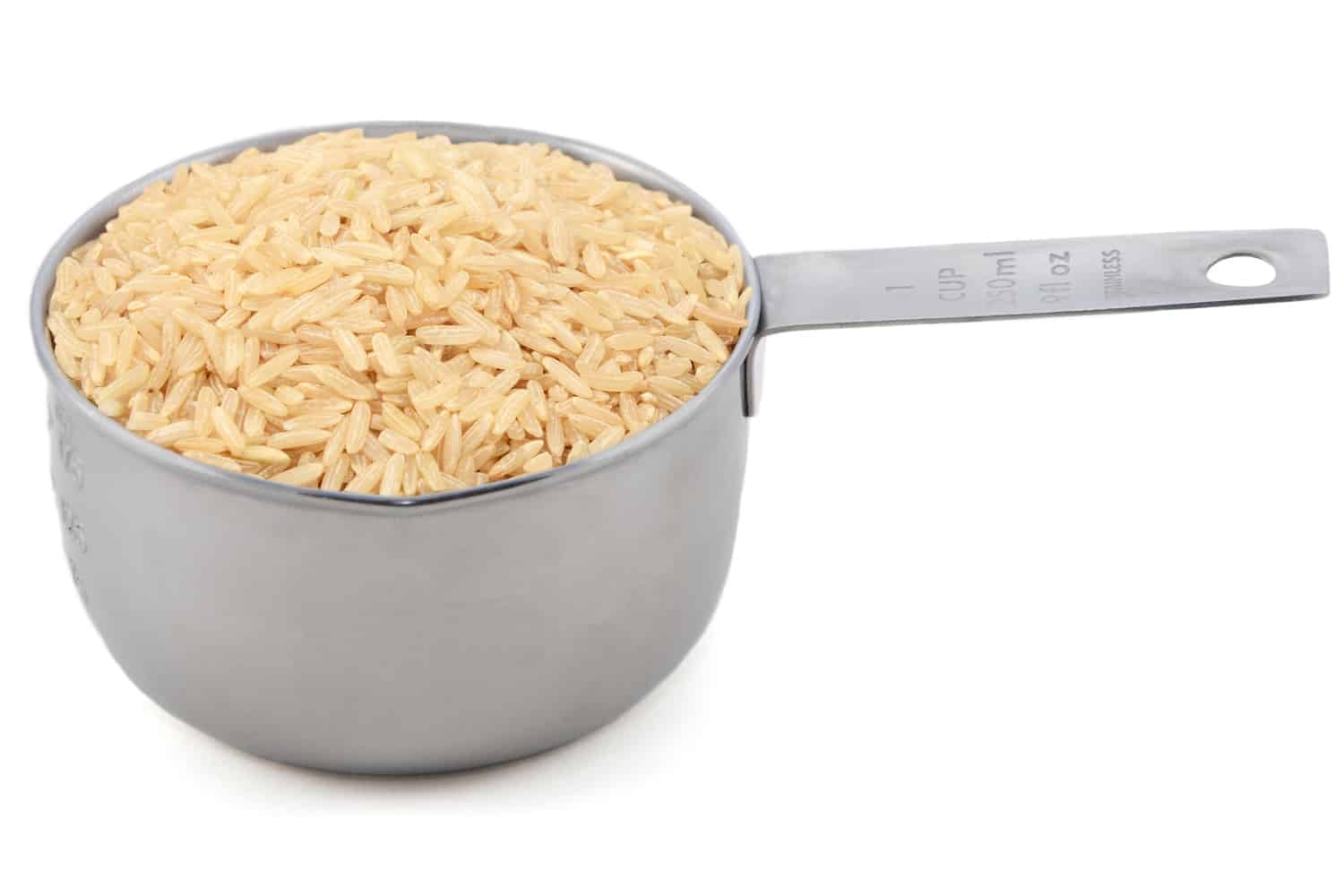
Press the cook button, and allow your device to do the work. Your rice cooker will turn off or switch to a "warm" mode after it has finished cooking. Set out to turn your cooker off as soon as possible when it has finished cooking.
Leaving the cooker on warm for too long can cause the rice to burn or stick to the bottom of your pan.
Read more on our blog post, Should You Rinse Rice Before Using The Rice Cooker?
How Do I Cook Rice In My Aroma Rice Cooker?
An Aroma rice cooker, like other units, will come with an instruction manual. You can usually find the recommended water to rice ratios for different types of rice inside.
Like other rice cookers, you will measure out the needed amount of rice and the correct amount of water. Rinse your rice and place both ingredients into your cooker.
Instead of using measuring cups for your rice and water, you can utilize the fill lines inside the Aroma rice cooker. This specific device can cook up to eight cups of rice at a time.
Additionally, the aroma rice cooker includes a digital timer, different settings for white and brown rice, and a built-in steamer tray. You can even set a delayed start with this device to time your rice right.
The added functions and the custom measuring cup that comes with the Aroma rice cooker help you make the perfect batch of rice every time.
Learn more on our blog post, How Long Does A Rice Cooker Take?
In Summary
The typical rice to water ratio for rice cookers is 1:1. However, this ratio can change slightly based on what type of rice you are cooking. We hope you found this article insightful when cooking rice in your rice cooker.
Are you ending up with burnt rice in your rice cooker? Have a look through our blog post, Why Does My Rice Cooker Burn Rice?

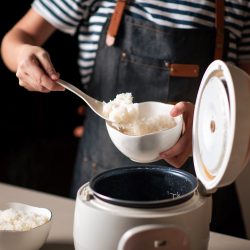
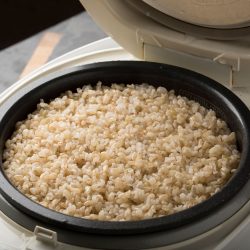
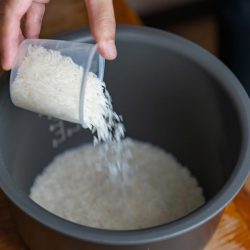
![A rice cooker filled with freshly cooked rice, Can Rice Cookers Cook Brown Rice? [And How to]](https://kitchenseer.com/wp-content/uploads/2022/02/A-rice-cooker-filled-with-freshly-cooked-rice-250x250.jpg)

